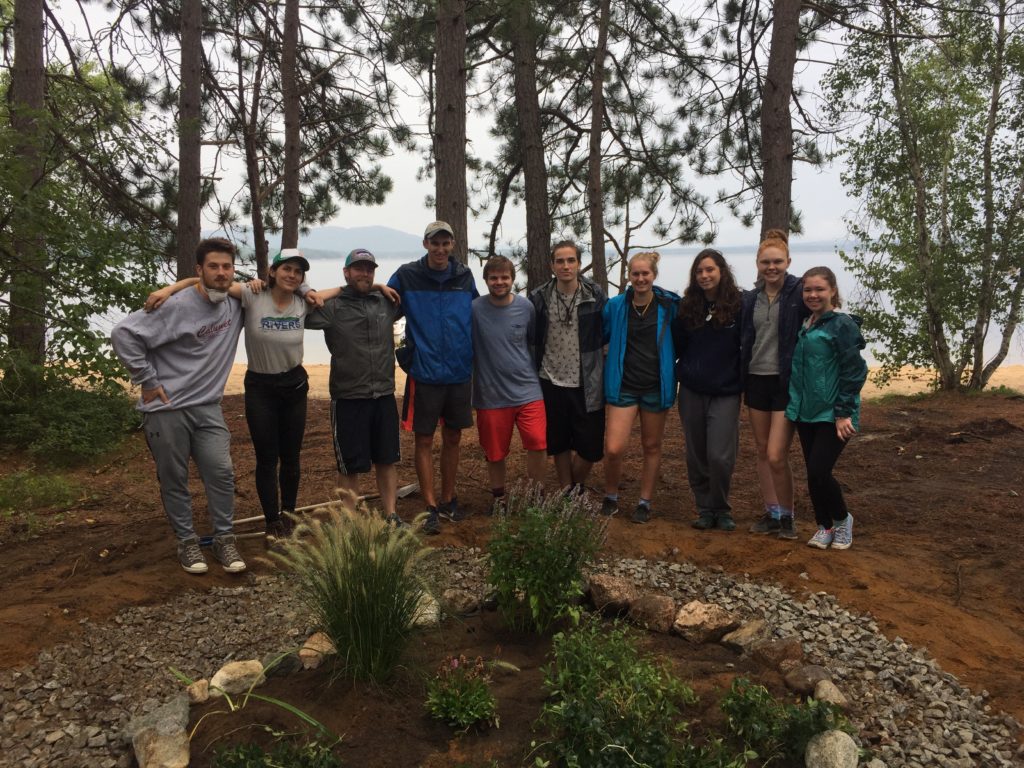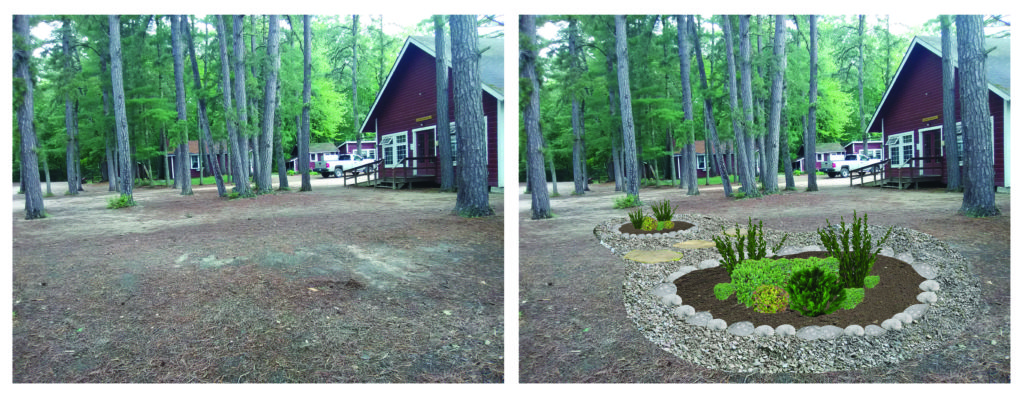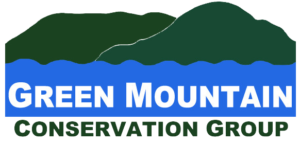Best Management Practices
GMCG continues to advocate for Best Management Practices (BMPs) to protect shared water resources through the reduction of pollutant loads and storm water run-off using structural designs such as rain gardens, vegetated buffers, drainage ditches, swales, retention walls, and basins. BMPs also include proper septic system maintenance. GMCG is now in Phase III of our Watershed Management Plan facilitating the implementation of BMPs on Ossipee Lake by working with private home owners, businesses, and lake associations.
Best Management Practices Protect:
Environment – By mitigating the amount of phosphorus and nitrogen loading into a lake you can help prevent bacteria and algae blooms.
Health – Keep drinking water clean from harmful bacteria, household chemicals, and winter salt.
Property – Maintain the integrity of your home’s foundation, driveway, and surrounding soils and plant life.
The below video is a recording of the public Zoom meeting held Oct. 8th that was presented by GMCG. GMCG Water Quality Coordinator Jill Emerson speaks about the science of how and why the cyanobacteria blooms are occurring and GMCG’s recent sampling and monitoring on Danforth Bay. GMCG Outreach Coordinator Moselle Spiller shares proactive steps to prevent blooms such as structural best management practices that capture and infiltrate storm water runoff, a major contributor to nutrient loading causing algal and cyanobacteria blooms. Moselle shares photos and videos from recent installations at Danforth Bay Campground. The meeting culminates in a public discussion about the next steps for Danforth Bay and includes various members of the Danforth Bay neighborhood.
The video below is from the GMCG Zoom Meeting that took place on October 8, 2021.
The video below is an overview of GMCG’s 2019 and 2020 BMP projects:
More 2019 Projects


A rain garden skirted with an infiltration trench designed to capture storm runoff from a gravel road before it entered Ossipee Lake was installed by volunteers at Camp Calumet in August of 2019. Designs such as this capture phosphorus and nitrogen present in sandy non point source pollution. The reduction of these nuturents will help to prevent cyanobacteria and algae blooms in peak summer temperatures.
GMCG aims to install at six to eight such BMPs by the end of 2020 on areas directly affecting Ossipee Lake. These projects serve as showcase examples that the greater lake community can duplicate at their own properties.
BMPs are not only improve water quality but the landscaping techniques used to build them often improve the aesthetics of a property as well!
Funds for this project are provided in part by a Watershed Assistance Grant from the NH Department of Environmental Services with Clean Water Act Section 319 funds from the U.S. Environmental Protection Agency.




